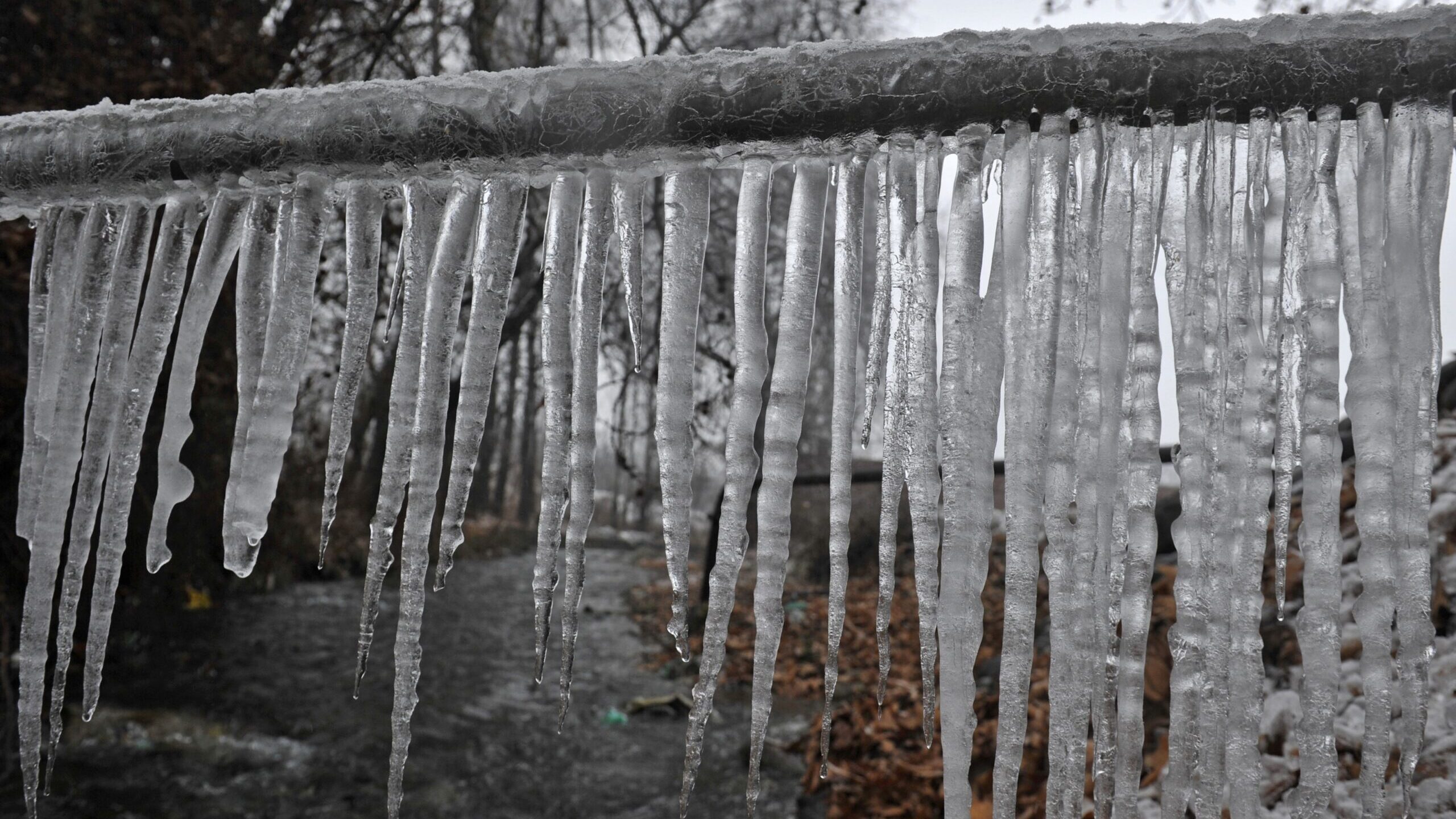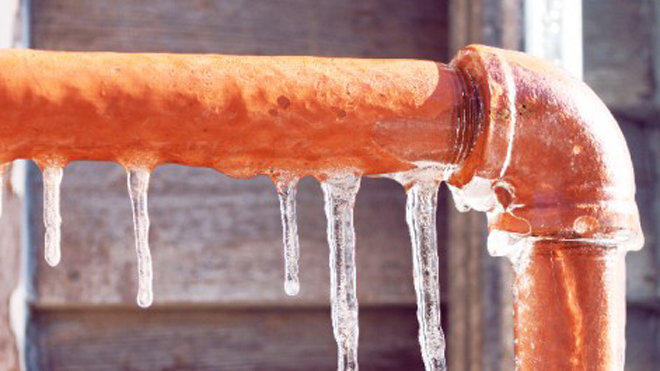Avoid Frozen Plumbing in Cold Weather: Expert Strategies
Avoid Frozen Plumbing in Cold Weather: Expert Strategies
Blog Article
They are making a number of good points about 6 Ways to Prevent Frozen Pipes overall in the content underneath.

Cold weather can ruin your plumbing, specifically by freezing pipes. Right here's just how to prevent it from taking place and what to do if it does.
Intro
As temperatures decrease, the threat of frozen pipes boosts, potentially causing pricey repairs and water damage. Comprehending exactly how to avoid icy pipes is vital for home owners in cool environments.
Comprehending Frozen Pipes
What causes pipes to freeze?
Pipes ice up when revealed to temperature levels listed below 32 ° F (0 ° C) for extended durations. As water inside the pipelines freezes, it broadens, taxing the pipe wall surfaces and potentially causing them to rupture.
Threats and damages
Frozen pipelines can result in water system interruptions, building damages, and expensive fixings. Burst pipes can flooding homes and cause substantial structural damages.
Indicators of Frozen Pipes
Determining icy pipelines early can prevent them from bursting.
Exactly how to determine icy pipelines
Seek lowered water circulation from faucets, unusual odors or noises from pipes, and visible frost on subjected pipelines.
Avoidance Tips
Insulating at risk pipelines
Cover pipes in insulation sleeves or make use of heat tape to secure them from freezing temperatures. Concentrate on pipelines in unheated or external areas of the home.
Heating methods
Maintain interior spaces effectively heated up, particularly locations with pipes. Open up closet doors to enable warm air to circulate around pipelines under sinks.
Protecting Exterior Pipes
Yard hoses and outdoor taps
Disconnect and drain pipes garden pipes prior to wintertime. Install frost-proof faucets or cover exterior faucets with shielded caps.
What to Do If Your Pipes Freeze
Immediate actions to take
If you suspect icy pipes, maintain taps open up to soothe pressure as the ice melts. Make use of a hairdryer or towels taken in warm water to thaw pipes gradually.
Long-Term Solutions
Architectural modifications
Consider rerouting pipelines far from outside walls or unheated locations. Include additional insulation to attics, basements, and crawl spaces.
Upgrading insulation
Invest in high-grade insulation for pipes, attic rooms, and wall surfaces. Correct insulation assists keep regular temperatures and reduces the threat of icy pipes.
Conclusion
Stopping icy pipes requires proactive measures and fast reactions. By understanding the reasons, signs, and safety nets, house owners can secure their plumbing during winter.
6 Proven Ways to Prevent Frozen Pipes and Protect Your Home
Disconnect and Drain Garden Hoses
Before winter arrives, start by disconnecting your garden hoses and draining any remaining water. Close the shut-off valves that supply outdoor hose bibs and leave the outdoor faucet open to allow any residual water to drain. For extra protection, consider using faucet covers throughout the colder months. It’s also important to drain water from any sprinkler supply lines following the manufacturer’s directions.
Insulate Exposed Pipes
Insulating your pipes is an effective way to prevent freezing. Pipe insulation is readily available at home improvement stores and is relatively inexpensive. Pay close attention to pipes in unheated areas such as the attic, basement, crawl spaces, or garage. Apply foam insulation generously to create a buffer against the cold. You can also wrap your pipes in heat tape or thermostat-controlled heat cables for added warmth.
Seal Air Leaks
Inspect your home for any cracks or openings that could let in cold air. Seal any holes around the piping in interior or exterior walls, as well as the sill plates where your home rests on its foundation. Additionally, make sure to keep your garage door closed unless you’re entering or exiting. Leaving it open creates a significant air leak that can lead to frozen pipes.
Allow Warm Air Circulation
During cold snaps, it’s essential to allow warm air to circulate evenly throughout your home. Leave interior doors ajar to promote better airflow. Open kitchen and bathroom cabinets to help distribute heat consistently around the rooms. If you have small children or pets, be sure to remove any household chemicals or potentially harmful cleaners from open cabinets for safety.
Let Faucets Drip
A small trickle of water can make a big difference in preventing ice formation inside your pipes. When temperatures drop significantly, start a drip of water from all faucets served by exposed pipes. This continuous flow helps prevent the water from freezing. Additionally, running a few faucets slightly can relieve pressure inside the pipes, reducing the chances of a rupture if the water inside does freeze.
https://choateshvac.com/6-proven-ways-to-prevent-frozen-pipes-and-protect-your-home/

Do you like more info about 6 Ways to Prevent Frozen Pipes? Leave feedback directly below. We would be delighted to listen to your opinion about this blog post. Hoping that you visit us again before long. Do you know about another individual who is occupied with the niche? Take a moment to promote it. I take joy in your readership.
Customer Reviews Report this page